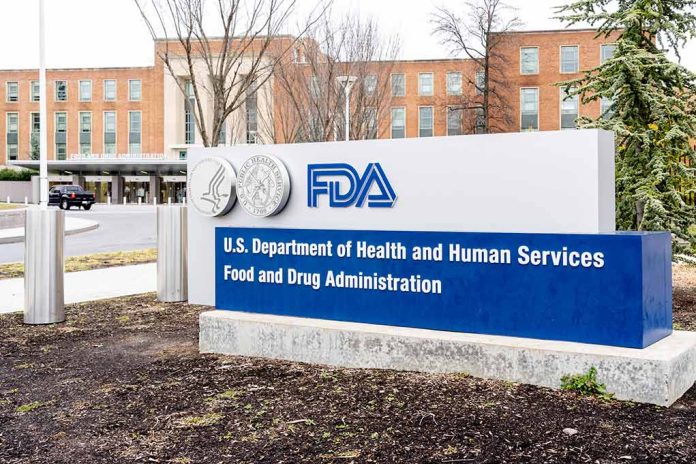
The FDA’s reinstatement of previously terminated employees signifies a significant shift amid evolving federal staffing strategies and leadership changes.
Key Takeaways
- The FDA invited some laid-off employees back to work, marking a shift in staffing policy.
- The affected employees were contacted by FDA HR with reinstatement information and access to work systems.
- Leadership changes, such as the nomination of Patel for ATF chief, reflect broader federal agency shifts.
- Confusion over layoffs and rehirings has raised concerns about federal workforce strategies.
- Political and public pressure has influenced the reversal of terminations.
FDA’s Reversal of Terminations
The Food and Drug Administration (FDA) recently began reversing termination notices for several of its employees, asking them to return to their positions. This decision originates from a change in staffing policies affecting how federal agencies manage their workforce. Over the past weekend, affected employees, mostly in probationary periods, received calls from FDA’s HR department. The communication informed them they would have their computer and network access restored by Monday.
The Center for Devices and Radiological Health, significantly impacted by previous layoffs, reportedly received many of these calls. Previously, layoffs within this sector faced industry backlash due to the vital role of this division in managing medical devices and digital health products. Despite these reinstatements, it remains unclear how many firings will actually be reversed, with some employees expected back in their offices imminently. Attempts to obtain comments from the FDA and the US Department of Health and Human Services were not successful.
Impact of Executive Orders and Leadership Changes
This shift follows the termination of numerous federal employees under President Donald Trump’s administration, which is aimed at reducing the federal workforce to reduce waste. This strategy targeted health agencies such as the Centers for Disease Control and Prevention, the National Institutes of Health, and the Centers for Medicare & Medicaid Services. Probationary workers were previously dismissed due to what was described as a misalignment of “ability, knowledge, and skills” with the agency’s needs.
Despite the chaos surrounding these layoffs and subsequent reversals, agencies struggle to sustain operations. The U.S. Department of Energy, Health and Human Services, and the USDA are among those trying to reinstate employees to maintain their operational capacity. Political pressure from Congress and the public, worried about the reputational damage to federal employability, is a significant influence on these reversals.
Broader Implications for Federal Workforce Policies
Expert commentary suggests the government should employ more measured approaches to workforce reduction. Instead, critics argue that recent measures resemble “taking a sledgehammer to the entire executive branch.”
Significant figures such as Elon Musk have acknowledged mistakes in the processes implemented but assure prompt rectifications where necessary. The evolving narrative within federal workforce strategies requires an adaptive approach from leaders to accommodate these changes effectively. Elon Musk claims, “We are moving fast, so we will make mistakes, but we’ll also fix the mistakes very quickly.”
Sources:
- FDA Begins to Rescind Firings, Calls Some Employees Back to Work
- After mass layoffs, some federal agencies are trying to bring employees back










